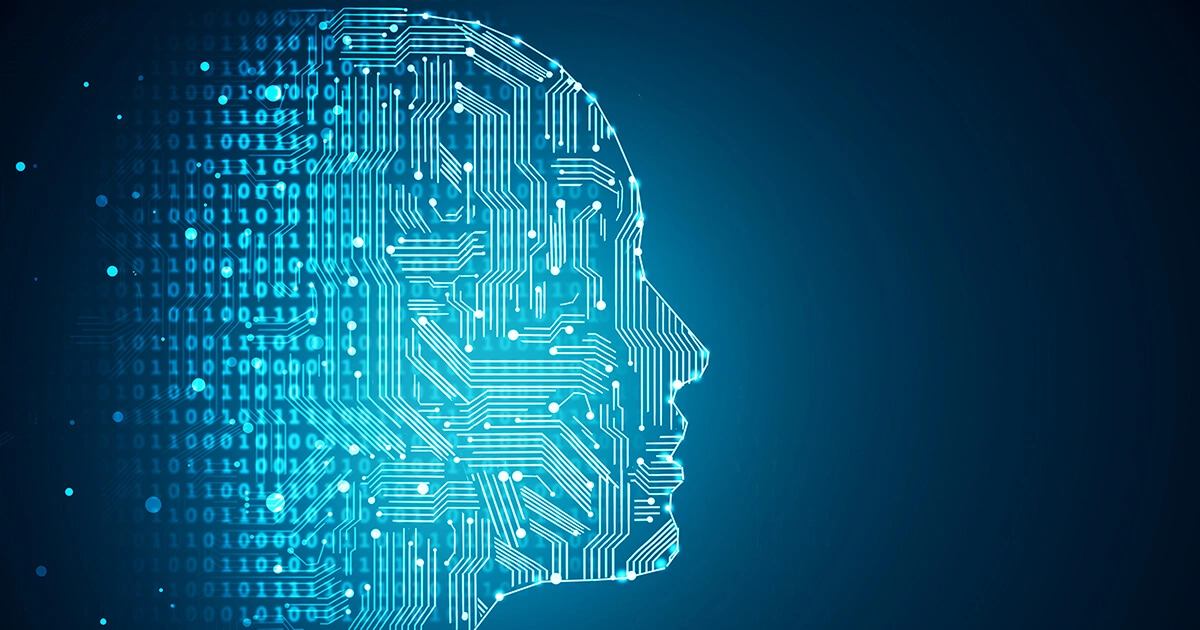 SomjaiKingShutterstock
SomjaiKingShutterstockHTML What are the most important HTML tags? An overview
Without HTML tags, your website cannot be displayed properly by different browsers. They structure your document, pass on important information and are thus particularly important for your website. We will show you the most important HTML commands in table form and explain what…









